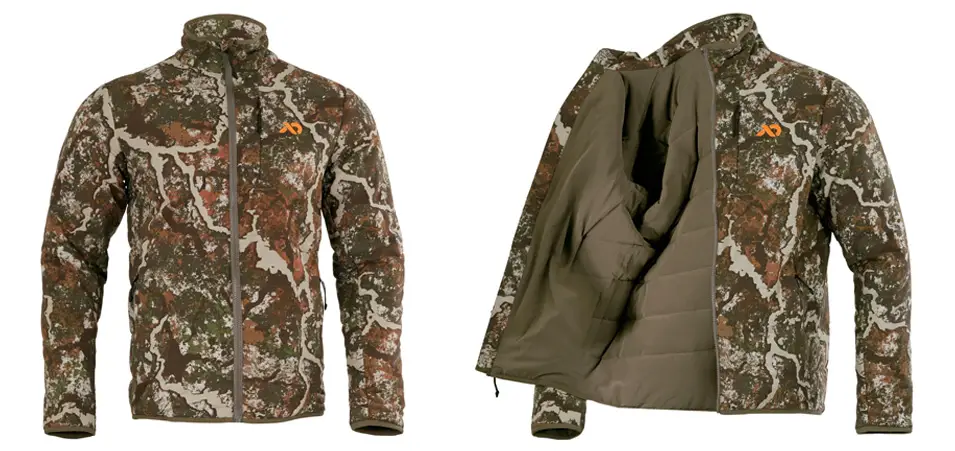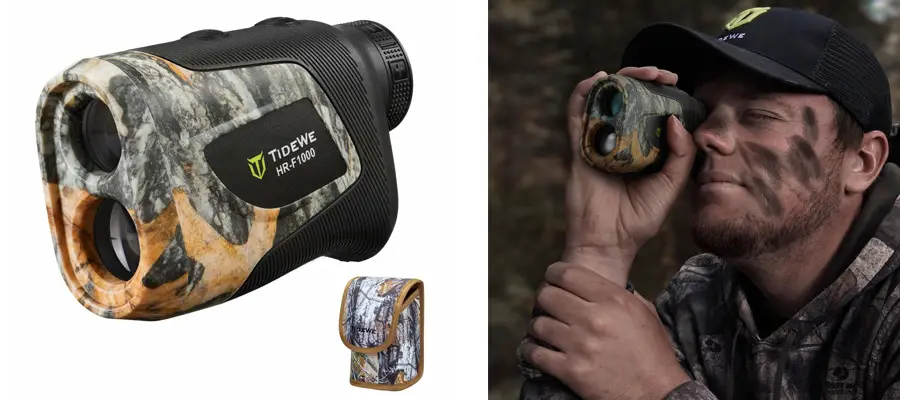Turkey nuggets are many people’s favorite part of taking home a turkey, but what is the best way to cook them? Well, I do not think there is a “best” way but there are lots of great ways to do it depending on what you like. On this episode I share five different ways to cook and prepare this spring delicacy.
Turkey nuggets are almost always fried, but there are many ways to fry a good nugget and there are other ways they can be cooked.
- Deep frying is the most common approach, this involves using enough hot oil to completely submerge the nuggets in some kind of a pan or pot.
- Pan frying is another option that requires enough oil too to partially submerge the nuggets in the pan and then flipping them halfway through cooking.
- After this you have the sauté method that requires a small amount of oil or butter. This is one of the only cooking techniques that you can use butter for. Here you end up with a little bit of a healthier product and possibly more flavorful, but it does not have that regular deep fried nugget texture.
- The next way too cook turkey nuggets is with an air fryer. These contraptions are very useful, but they take up a lot of space and are harder to clean. Here you can use very minimal amounts of oil and a much more controlled cooking environment that will enable you to find a good recipe and replicate it easier every single time. But there are those downsides which I mentioned.
- The last technique is the sear method. Rarely used for nuggets because you are not able to use much breading, searing the nuggets can still product a very flavorful dinner but this technique needs a little moisture to shine its brightest. So, consider pairing it with a sauce, such as a blueberry wine sauce, finished with a little butter. More details are in the episode.
Beyond the actual cooking technique, you have a variety of breading approaches that you can pair with each, such as dipping in flour, using milk or egg wash to get more flour to stick, or even double breading them. You can use corn starch instead of flour, breadcrumbs, or gluten free flour as well. Some people will dry dip the meat into corn starch, then dip it in buttermilk before dipping into flour.
Every breading method has pros and cons, I personally prefer less breading because I don’t want it to soak up too much oil and initiate a bad post meal experience…
Listen to the entire podcast episode for all of the detials!


